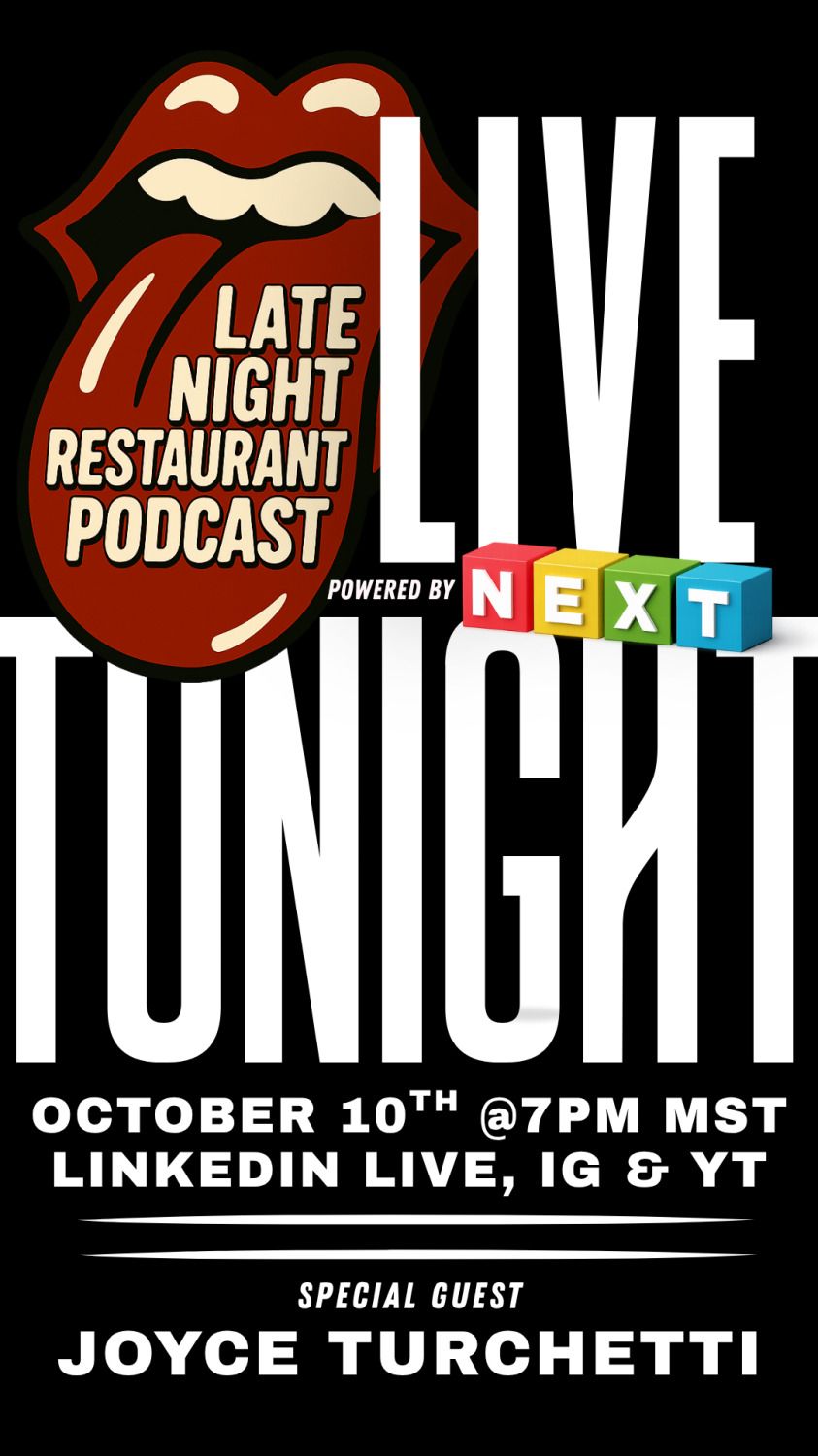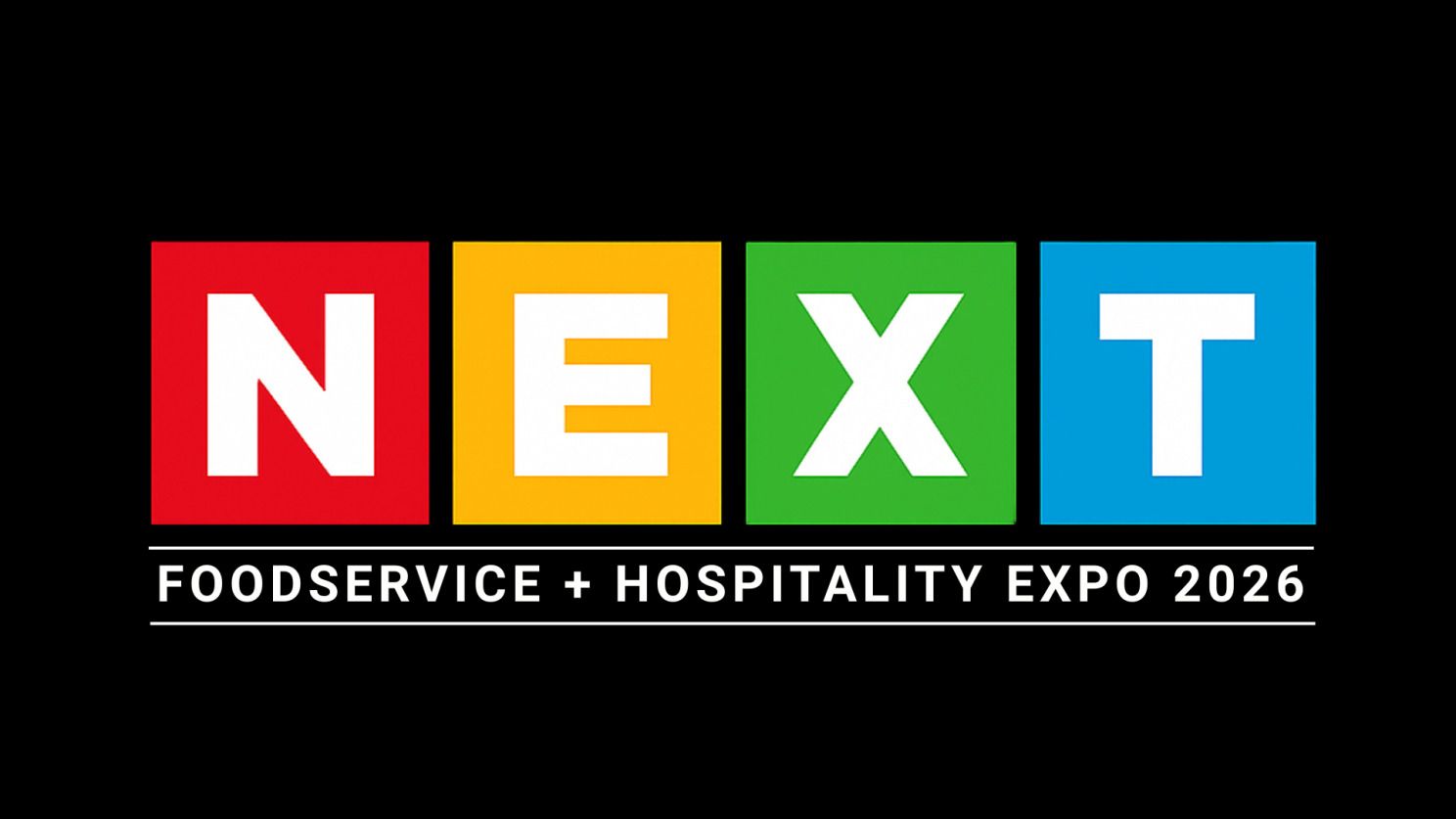Canada's Restaurant Guy
When Tim Hortons raises prices, everyone loses their minds. Social media explodes. Customers complain. But here's what nobody wants to talk about: that 30-cent cup of coffee isn't making anyone rich, and if you run an independent food service business, you need to understand why.
The math looks simple. Coffee costs about 30 cents to brew. Sell it for $2.50, pocket $2.20. Easy money, right? Wrong. That's not even close to how this works, and if you're running an independent operation thinking coffee is your cash cow, you're probably bleeding money somewhere else and don't even know it.
Walk into any Tim Hortons. Count the staff. You'll see at least five people, probably more during rush. Someone on front counter. Someone on drive-through. Two or three people working back line. Maybe someone on expo. Maybe someone doing prep. These aren't optional positions. You need these people to keep things moving fast enough that customers don't walk out. Labor costs in food service run 25-35% of revenue. For a lot of independents, it's higher because you don't have the systems and training programs that let you run lean.
Then there's rent. Good locations cost serious money because foot traffic drives sales. You can have the best coffee in town, but if nobody walks past your door, you're done. Equipment breaks down. Utilities keep running whether you have customers or not. Insurance costs money. Credit card processing takes 2-3% of every sale. Marketing costs something, even if you're just doing it yourself on social media, because your time has value too.
Add it all up and the actual net profit margin in food service runs 3-5% if you're doing well. A lot of operators see less. Some see nothing for years while they're building the business. This isn't a conspiracy. It's just how the economics work.

So why does coffee matter? Because coffee is a traffic driver with an acceptable margin in a business where most items carry thin or nonexistent margins. That breakfast sandwich you're selling? After you account for eggs, bread, meat, cheese, labor to make it, and packaging, you might clear 50 cents. The muffin? Even less. Coffee brings people in who buy other things. It's fast to make. It's consistent. People come back for it daily. Coffee subsidizes everything else on your menu.
This is where most independent operators miss the bigger picture. How many real revenue streams does your business have? Not menu categories. Revenue streams. Morning coffee rush. Lunch service. Afternoon traffic. Dinner if you're open late. Catering if you do it. Each stream needs different staffing, different prep work, different marketing. Corporate chains map this stuff obsessively. They know what's happening every hour of every day. Independent operators often just open the doors and hope for the best.
When Tim Hortons announces price increases, they don't explain why because breaking down cost structures publicly invites scrutiny. But the why isn't complicated. Costs went up. Labor, ingredients, rent, utilities, everything. When your margin is 3-5% and your costs increase 10%, you either raise prices or you're operating at break-even or a loss. There's no secret pile of money to pull from. The margin was already razor thin.
What independent operators should learn from this isn't sympathy for chains. It's recognition that you're dealing with the same pressures but with fewer resources. You can't negotiate better prices on ingredients because you're not buying in volume. You can't spread marketing costs across a thousand locations. You're absorbing the same cost increases with less cushion and less room for error.
This leads to the uncomfortable question most operators avoid: when did you last do a real menu audit? Not just adjusting a few prices. A real audit. Which items actually make money? Which bring in traffic but break even? Which are actively losing money but you keep them because you've always had them or because you think you're supposed to? How does your pricing reflect your actual costs plus the margin you need to survive?
When did you last audit your marketing? Where are your customers coming from? What's working and what's wasted money? How much are you spending on marketing relative to revenue, and is that enough to maintain visibility in your market? A lot of independent operators spend nothing on marketing and wonder why the place down the street with worse food is busier. Or they spend money randomly on whatever sales rep calls them without any strategy behind it.

When did you last think hard about your brand? What does your business actually stand for in customers' minds? Is that what you want? Does everything about your operation reinforce that brand or are you sending mixed signals? Your menu, your space, your service style, your online presence, do they all tell the same story or are you confusing people?
Most independent operators are running 1970s business models. Fixed menu, fixed hours, same approach to service that's been used for decades. The world changed. Customer behavior changed. Competition got fiercer. Technology created new expectations. But the basic business model stayed the same because change is expensive and risky and nobody teaches you how to do it differently.
The slow service problem hitting the industry isn't random. It's structural. Everyone's trying to run 1970s operations with 2025 costs and 2025 customer expectations. Customers want speed. They want consistency. They want to order on their phones and pay with apps and earn points. Delivering that requires investment in systems and training and often more labor, not less. The old approach of cutting staff to the bone and maximizing table turns doesn't work when customers expect craft quality at fast food speed.
Here's what matters if you run an independent operation. You cannot beat chains on price. They have buying power you'll never have. You cannot beat them on convenience. They can afford drive-throughs and delivery partnerships and app development. You can beat them on quality, on experience, on being part of the community, on adapting quickly to what your customers want. But only if you understand your actual economics and build your business around reality instead of how you wish things worked.
Coffee at 30 cents to brew isn't a goldmine. It's one piece of a system where everything has to work together to generate that 3-5% margin keeping you in business. When costs go up, prices have to go up or you fail. This isn't greed. It's survival.
The lesson isn't that Tim Hortons deserves sympathy. The lesson is that independent operators need to get honest about their numbers. You need to know what things actually cost, not what you think they cost. You need to understand which parts of your business make money and which parts exist for other reasons. You need to look hard at your menu, your marketing, and your brand with the same discipline you'd apply to any other business decision.
You need to ask yourself if you're running a 2025 business or a 1970s business that happens to exist in 2025. The difference between those two things is often the difference between making it and slowly going under while wondering what went wrong.
The coffee costs 30 cents to brew. Everything else costs a fortune. Staff cost money. Rent costs money. Equipment costs money. Marketing costs money. Time costs money. The customer walking out because service was too slow costs money. The customer who never comes back because the experience was mediocre costs money.
You're not competing against what things cost in 1970 or 1990 or even 2010. You're competing right now, today, against everyone else fighting for the same customers with the same cost pressures and the same thin margins. The operators who make it are the ones who face their numbers honestly, make hard decisions based on reality, and build businesses that can actually sustain themselves instead of just limping along until they can't anymore.
That's the real lesson in a cup of coffee that costs 30 cents to brew and $2.50 to sell. The gap between those numbers isn't profit. It's all the things required to stay in business. Understand that, plan for it, price for it, and build your operation around it. Or don't, and wonder why it's so hard.



